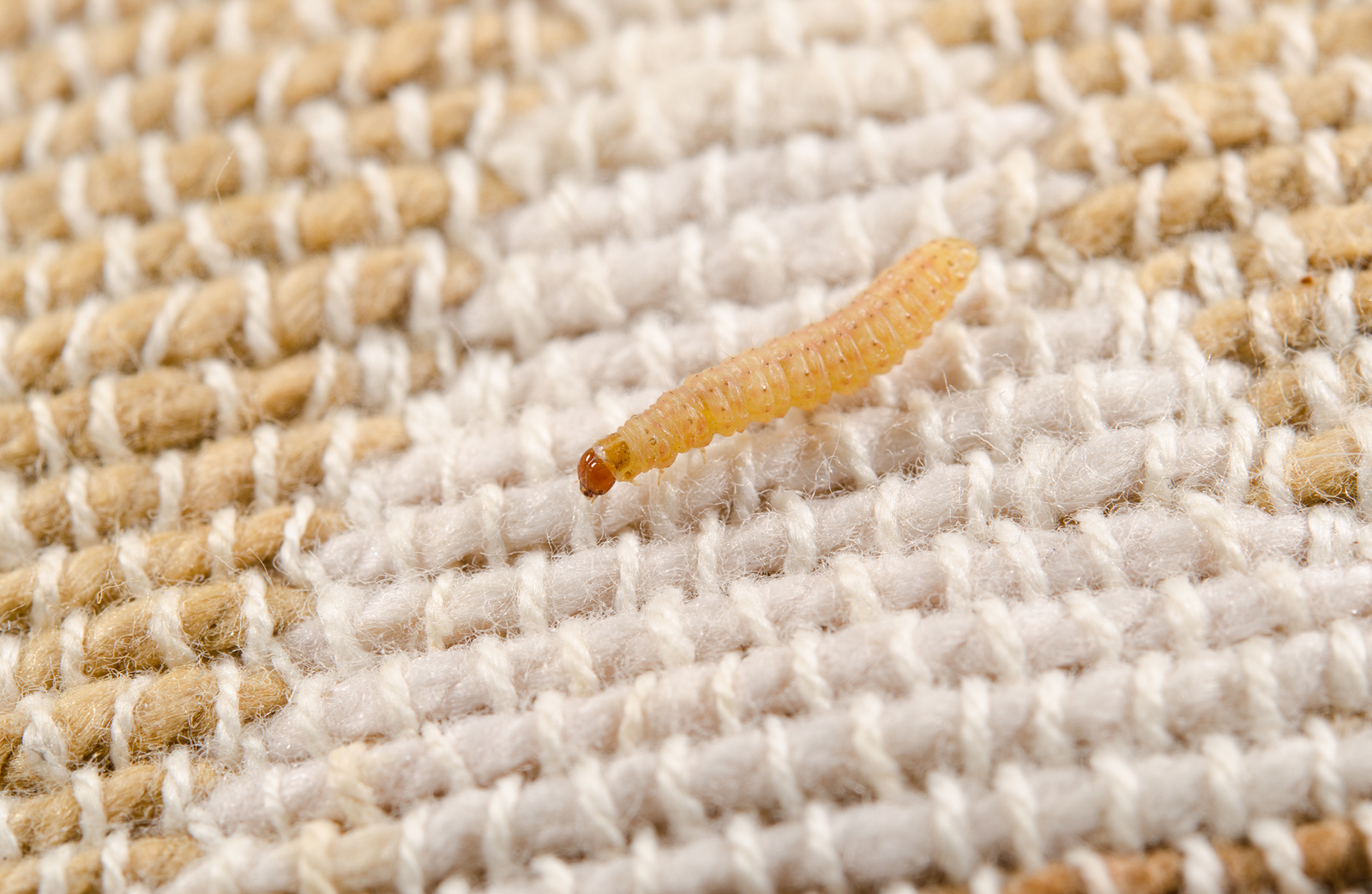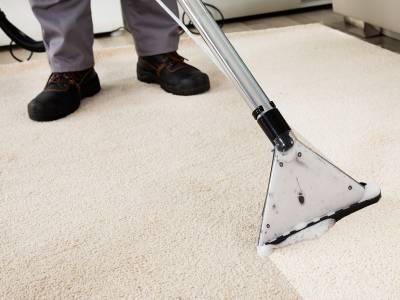Moths, and particularly the moth eggs, are very difficult to kill.
What’s your best defense to avoid an infestation?
Pyrethrum
Most moth treatments are based on a natural chemical or a synthetic version of pyrethrum. Natural pyrethrum is made from the chrysanthemum plant. The synthesized variety became common during the shortage that occurred during the “bed bug” crisis a few years ago.
Spray-on treatments use pyrethrum or a synthetic pyrethroid. When controlling a live moth larvae infestation, they do a great job. With application, all the larvae quickly die. But they are not effective in killing all the eggs. Moth eggs can stay in a rug and hatch days, months or even years later.
What about mothballs?
Mothballs, crystals or flakes only last a short period of time. Users often neglect the instructions and do not replace mothballs according to the directions. Its helpful to track your installation / expiration dates as part of your home maintenance schedule.
Will freezing a rug kill the eggs?
For years, the recommendation was to freeze a rug at minus 5 degrees Fahrenheit for 24 hours. The new standard calls for five days at minus 40 degrees Fahrenheit. Most household, and even many commercial, freezers have a tough time maintaining minus 5 degrees Fahrenheit for 24 hours. But it takes very special equipment to maintain minus 40 degrees Fahrenheit.
Is heat an effective way to eliminate moth eggs?
Beware of starting a fire in the microwave or burning a hole through a rug.
THE SOULUTION
There is a safe and simple approach to preparing rugs for storage. My approach has a few basic steps that make preparing rugs for storage easy and profitable. The wash is a basic wash, and treating other problems, such as urine contamination or dye bleeding, is beyond the scope of this article.
The steps are as follows:
- Dye test the rug.
- Pressure treat the rug with a professional vacuum system.
- Treat the rug with an antimicrobial.
- Clean, sanitize and deodorize the rug using a low moisture, low ph solution.
- Rinse thoroughly.
- Treat with a magnesium moth treatment.
Using an antimicrobial and making sure the rug is dry will protect the rug from dry rot. The key to moth control is the magnesium treatment. It renders the wool inedible to moth larvae so that if an egg survives and hatches in storage, the larvae will be unable to feed and will die from lack of nutrients.









